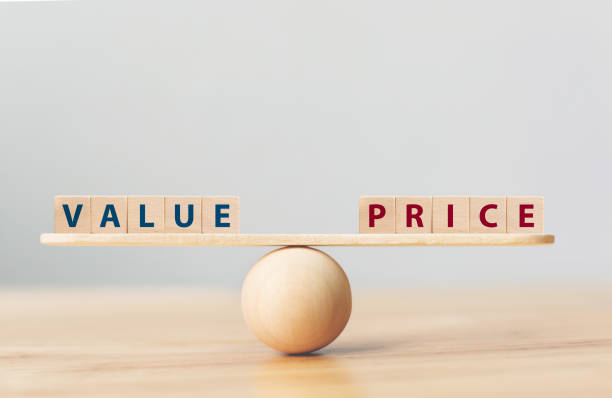
Magazines are a great way for businesses and non-profits in Australia to share their stories and connect with people. They offer a way to tell engaging stories through interviews, articles, photos, and news. But if you want to Print your own magazine that looks good and doesn’t cost too much it takes some planning and smart choices.
This article will show you how to make a magazine that looks great but doesn’t have to be expensive. We’ll look at why print media is still popular, its history, and what to think about when printing magazines, like the type of binding and paper to use. With tips from a professional magazine printing service, you’ll see how to make your magazine stand out without spending a lot.
The Enduring Appeal of Print Magazines in Australia
Print magazines are still popular in Australia, even with more digital options. There are over 7,400 print magazines available, and the “Special Interest” genre is growing fast. This shows that people still love reading physical magazines.
Print Magazines in Aussie Daily Life
Many Australians prefer reading print magazines over digital ones. They find it more engaging and enjoyable. In 2023, print magazine sales went up by 4.1%. People are looking for a break from screens and enjoy the feel of a real magazine.
The Unique Experience when you Print Your Own Magazine
The editor of Wallpaper* magazine talks about the value of well-curated media. He says magazines are more appealing than quick online content. Magazines like Wallpaper*’s city guides offer a special experience in a digital world.
Steady Growth in Print Magazine Readership
The print magazine industry in Australia is doing well, despite digital competition. Last year, about 1,000 new magazines were proposed, and a third got to the shelves. Men’s magazines like Men’s Health and GQ keep their readers by focusing on health and lifestyle. Women’s magazines like Vogue also did well, even with more celebrity-focused weeklies.
The future of magazines might see a split between fast-paced and luxury glossy magazines. As things change, print magazines in Australia will keep drawing in readers with their special content and experiences.
A Brief History of Magazines

Magazines have a long history, starting in the 17th century in Western Europe. The first magazine-like publication was the German “Erbauliche Monaths-Unterredungen” from 1663. It set the stage for many magazines to come.
In the 18th century, more people could read, especially women. This led to a boom in magazine publishing across Europe. Early hits like “The Review,” “The Tatler,” and “The Spectator” became very popular. The US also started its magazine scene in Philadelphia in 1741.
Over time, magazines changed from serious to more fun and easy to read. Important steps included the start of “Le Mercure Galant” in France and “The Gentleman’s Magazine” in Britain. New printing tech like the press and lithography helped magazines grow.
Even with the rise of digital media, magazines keep changing and staying relevant. Their unique qualities keep them important in culture, in Australia and globally.
The magazine as known today began in the 17th century in the West after the invention of printing.
From its early days to now, magazines show the lasting impact of print media. They offer engaging, informative, and fun content. As the industry changes, its history guides its future growth and importance.
Key Considerations when you Print Your Own Magazine
Planning a magazine printing project involves several key factors. These include the binding style, paper, and ink choice. Knowing these elements ensures a smooth process and the desired results.
Binding Styles: Perfect Binding vs Saddle-Stitching
There are two main binding styles for magazines: perfect binding and saddle-stitching. Perfect binding is best for magazines with many pages. It glues the pages together at the spine for a strong and professional look.
The Saddle Stitched Booklet option is cheaper for magazines with fewer pages. It staples the pages along the spine.
Paper Stocks and Finishes
The paper stock and finish affect your magazine’s quality and look. Most magazines use full-colour printing with CMYK ink. The standard size is 210mm x 297mm, but custom sizes are also possible, though they cost more.
Paper weights range from 100gsm to 170gsm. Finishes include dull, matte, or glossy coatings, each giving a unique feel.
Selecting the right paper stock and finish is crucial for creating a visually appealing and high-quality magazine,” says Michele Santos, a Senior Account Executive with 22 years of experience in the printing industry.
Michele suggests choosing paper stocks that are easy to find with the printer to save money. She also recommends designing with the printer in mind and printing in bulk for cost savings.
Expert Insights from MVP Print when you Print Your Own Magazine
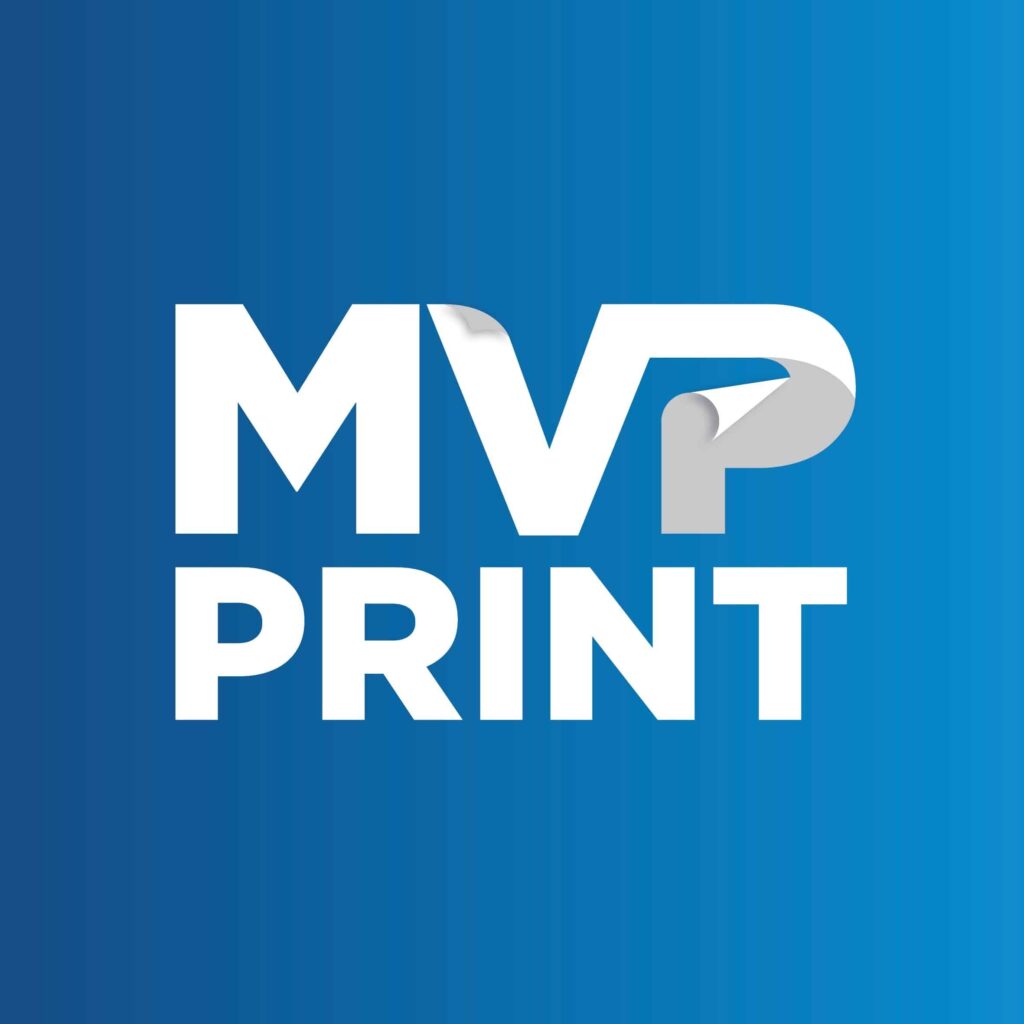
At MVP Print, we talked to Sorcha Hopmans, a printing expert with over 22 years of experience. She stressed the need to understand the publisher’s business and schedules. This helps offer cost-effective tips that fit their goals.
To give good advice, printers must know the audience, how the magazine makes money, and how often it comes out. Sorcha said choosing the right paper depends on the magazine’s content and who reads it. Working with the printer closely helps make design choices that improve the print quality and keep costs down.
The key is to understand the publisher’s needs and business model. This allows us to provide professional printing advice that is truly cost-effective and meets their specific requirements.
Sorcha’s knowledge shows the importance of working with a trusted magazine printer like MVP Print. Their team helps publishers make smart choices. This ensures they get quality prints without spending too much.
- Tailored advice based on the publisher’s business model and schedules
- Guidance on paper selection to suit the magazine’s content and target audience
- Collaborative approach to design choices that improve the printing process and outcome
- Commitment to delivering high-quality, budget-friendly magazine printing solutions
By working with MVP Print, publishers can use their knowledge and focus on customers. This helps create magazines that grab readers and meet business goals.
Strategies for Cost-Effectiveness when you Print Your Own Magazine
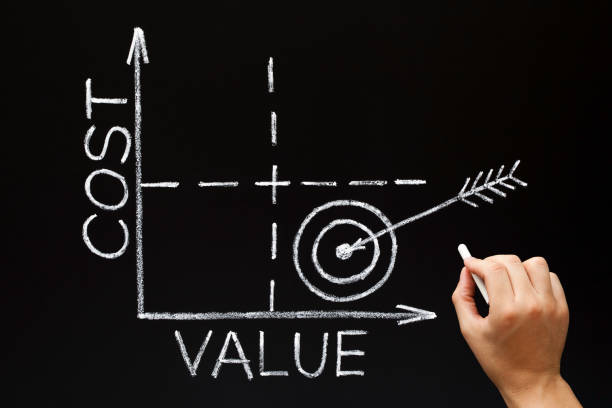
Australian magazine creators can save money on printing by smart strategies. These balance quality and cost. Working with experienced printers like MVP Print helps cut costs without lowering quality.
Design with the Printer in Mind
Designing with the printer’s needs in mind can lower printing costs. Choosing simple designs and standard sizes helps save money. Working with the printer during the designing process ensures a smooth move to production.
Optimize Paper Selection
The paper choice greatly affects printing costs. Choosing affordable, high-quality paper that the printer stocks can save a lot. Printers can suggest papers that fit the magazine’s needs and budget. Most products are FSC certified, and there are recycled paper stocks available (although print quality can vary depending on the stock choice made here)
Print in Efficient Quantities
Printing more at once lowers the cost per unit due to economies of scale. Careful planning of print quantities helps save money. This approach ensures the magazine meets goals and budget. Digital Printing is commonly used for Short Run printing, whilst higher qualities of commercial magazines are printed lithographically. Both options produce High Quality Magazines.
Using these strategies, Australian magazines can be both quality and budget-friendly. This way, they keep readers engaged without breaking the bank.
Print Your Own Magazine: Binding Options
Choosing the right binding style is key when making your own magazine. In Australia, you have two main options: saddle-stitched booklets and perfect binding. Each affects the cost and quality of your magazine.
Saddle-Stitched Booklets for Affordability
Saddle-stitched booklets are a budget-friendly choice for magazines up to 72 pages. They’re made by folding and stapling the pages together. This method is quick and keeps printing costs low.
Perfect Binding for Durability
For magazines over 64 pages, perfect binding is best. It glues the pages together at the spine for a strong and smooth finish. Though it costs a bit more, it gives a professional look perfect for detailed magazines.
It’s important for Australian magazine makers to know the pros and cons of each binding style. They should think about page count, budget, and look they want. This helps them pick the best option for their magazine’s needs and goals.
Cost Breakdown for when you Print Your Own Magazine
The cost to print a magazine in Australia changes a lot based on several key factors. MVP Print, a top magazine printing service, says the most common sizes are 210mm x 297mm and 148mm x 210mm. The page count matters too, aiming for a multiple of 16 or 32 to save costs.
Magazine Size and Page Count
The magazine’s size and page count affect the cost. Bigger sizes mean more materials and higher costs. More pages mean more material and labor, raising the total cost.
Paper Stock Selection
Choosing the right paper stock is key to magazine printing costs. Papers range from 80gsm to 350gsm, with heavier papers costing more. The finish, like gloss or matte, also changes the price.
Binding and Cover Finish
The binding style and cover finish impact costs. Saddle-stitching is cheaper for short magazines, while perfect binding is pricier for longer ones. The cover’s finish, like matte or gloss lamination, adds to the cost.
Print Quantities and Shipping
Ordering more magazines lowers the cost per copy. Bigger orders spread out fixed costs. Shipping by air or sea also affects the total cost.
By thinking about these factors, magazine publishers can balance quality and cost for a successful print publication.
Content Planning for Budget-Friendly Magazines
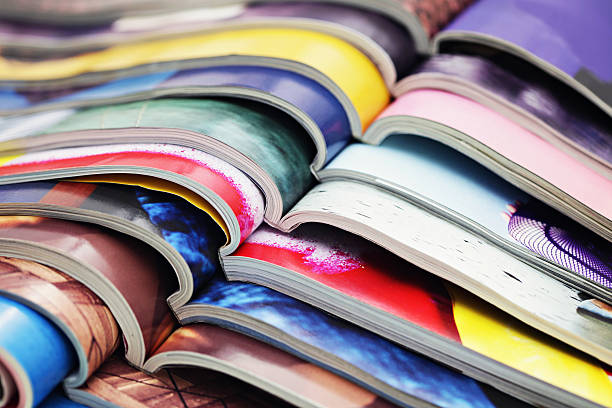
Creating a great magazine on a small budget needs smart planning. At MVP Print, we tell Australian businesses and non-profits to use more text and less expensive photos. This way, they can make budget-friendly magazines that are still engaging and high quality.
Using advertorials and selling ad space is a smart move for cost-effective magazine creation. It helps cover printing costs, letting publishers spend more on making great magazine content planning. Also, using stock images or illustrations is cheaper than hiring professional photographers.
For magazine content planning, MVP Print says it’s key to mix informative and eye-catching content. With great articles, smart visuals, and a good layout, you can make a budget-friendly magazine that grabs attention.
The secret to a top-notch, cost-effective magazine is to focus on text content that speaks to your readers,” says MVP Print’s team.
By using these tips, Australian businesses and non-profits can use budget-friendly magazines as a strong marketing tool. They can do this without losing the quality and appeal of their magazine.
Print Your Own Magazine – A Summary and Conclusion
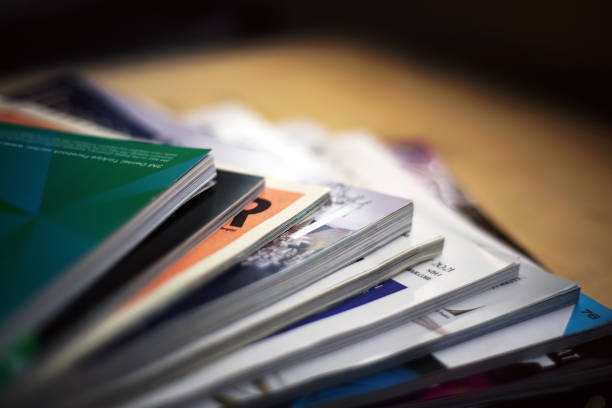
In Australia, over 7,400 print magazines meet many interests. The need for affordable, high-quality magazine printing is strong. Working with MVP Print, businesses and non-profits can make eye-catching magazines without spending too much.
Choosing the right binding, paper, and content is key. With the help of printing experts, magazines can be both quality and budget-friendly. This way, they grab attention and connect well with readers, no matter the topic.
The Australian magazine world is always changing. Making magazines that are both affordable and top-notch is crucial to stay relevant and reach readers. With the right printing partner, magazines can boost their brand, share great content, and stay strong in the competitive media world.
FAQ
What are the two main binding styles for magazines?
Magazines can be bound in two main ways: perfect binding or saddle-stitching. Perfect binding is best for thick magazines. Saddle-stitching is cheaper for thinner magazines.
What paper stocks and finishes are commonly used when you Print Your Own Magazine?
For magazine printing, you can choose from 100gsm to 170gsm paper. There are dull, matte, or glossy finishes available. The paper type greatly affects the magazine’s appearance and feel.
How can Australian magazine creators save money on printing?
To save on printing costs, use offset printing and design with the printer in mind. Choose common paper types and print in large quantities.
What are the advantages and disadvantages of saddle-stitched and perfect bound magazines?
Saddle-stitched magazines are cheaper for up to 72 pages, stapled at the spine. Perfect binding is better for 64 pages or more, gluing pages together for a strong finish. It’s pricier than saddle-stitching.
When you Print Your Own Magazine, how can the cost of magazine printing in Australia be influenced?
Magazine printing costs in Australia depend on size, page count, paper, binding, quantity, and shipping. Planning and working with printers can help keep costs down.
How can Australian businesses and non-profits create budget-friendly magazines?
For budget-friendly magazines, focus on text over photos. Use advertorials and sell ads to cover printing costs.








